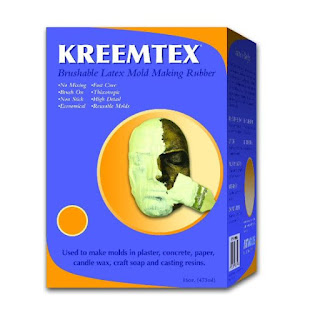Captures fine details – No material can come close to replicating the level of detail and accuracy as captured by silicone molds and casts. The rubber will precisely reproduce even the finest of lines, texture and other delicate contours, thus ensuring that the original object is as closely replicated as possible. This serves as an especially valuable feature in prototyping applications.
Flexibility – Most molds and casts tend to be rigid – they cannot be bent, stretched or even flexed without compromising their shape or integrity. Silicone rubber is the material that proves to be inherently elastic and flexible. Therefore, even the most complex molds and intricate casts can be easily demolded sans any damage or losing the details.
Durability and Reusability – Silicone molds and casts are found to be of good quality and exceptionally long lasting. The molds can be used again and again to make multiple casts without showing any signs of wear and tear. Long-term use is possible as they can be stored for years without any deterioration. Other molds often need to be replaced frequently in high-volume casting applications.
Non-stick nature – The beauty of silicone rubber is that it does not stick to anything but itself. This eliminates the need for applying a release agent during mold making or casting. The additional layer can often interfere with the details, not to mention the need for extensive cleaning and processing after the mold making or casting is done.
Material compatibility – Silicone rubber is a versatile material that is compatible with a range of resins, rubbers, wax, plaster, concrete and other mold making and casting materials. It will not react with them or interfere with the curing process. The results stay reliable and consistent, thus allowing an element of experimentation in terms of material, technique, finish, etc.
Safe – This rubber is both safe and easy to work with. Even beginners can easily mix, pour and handle the material without facing any undue problems. It does not have toxic or even allergic properties. Nor does it require any safety equipment as it does not release any dangerous fumes under normal circumstances.
In sum, silicone rubbers bring precision and efficiency to mold making, casting and life casting. Intricate details and complex shapes can be reproduced with ease, especially when using the high-quality options available at EnvironMolds (https://www.artmolds.com/). Limitless possibilities are beckoning to unleash one’s creativity and bring visions to life!









